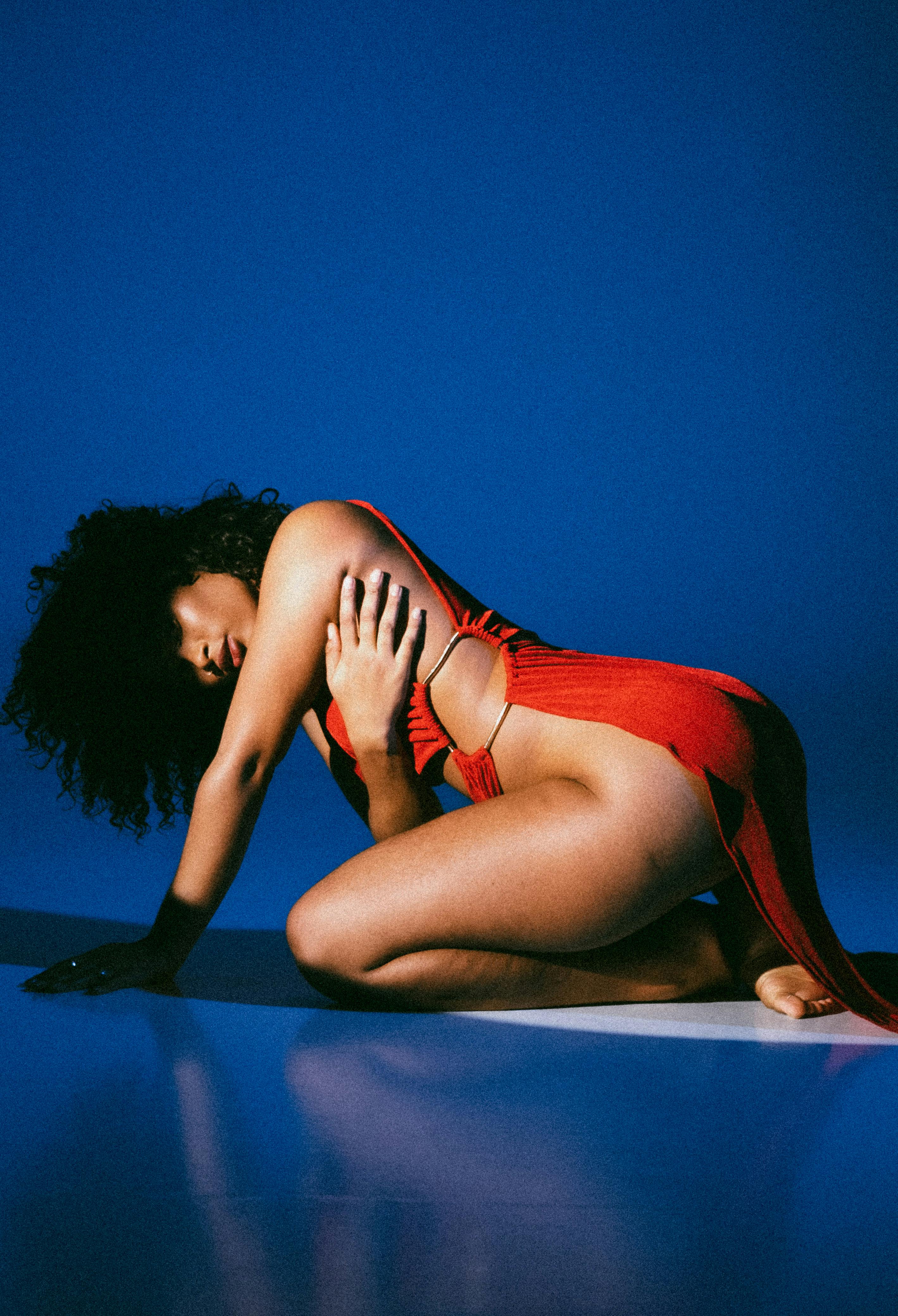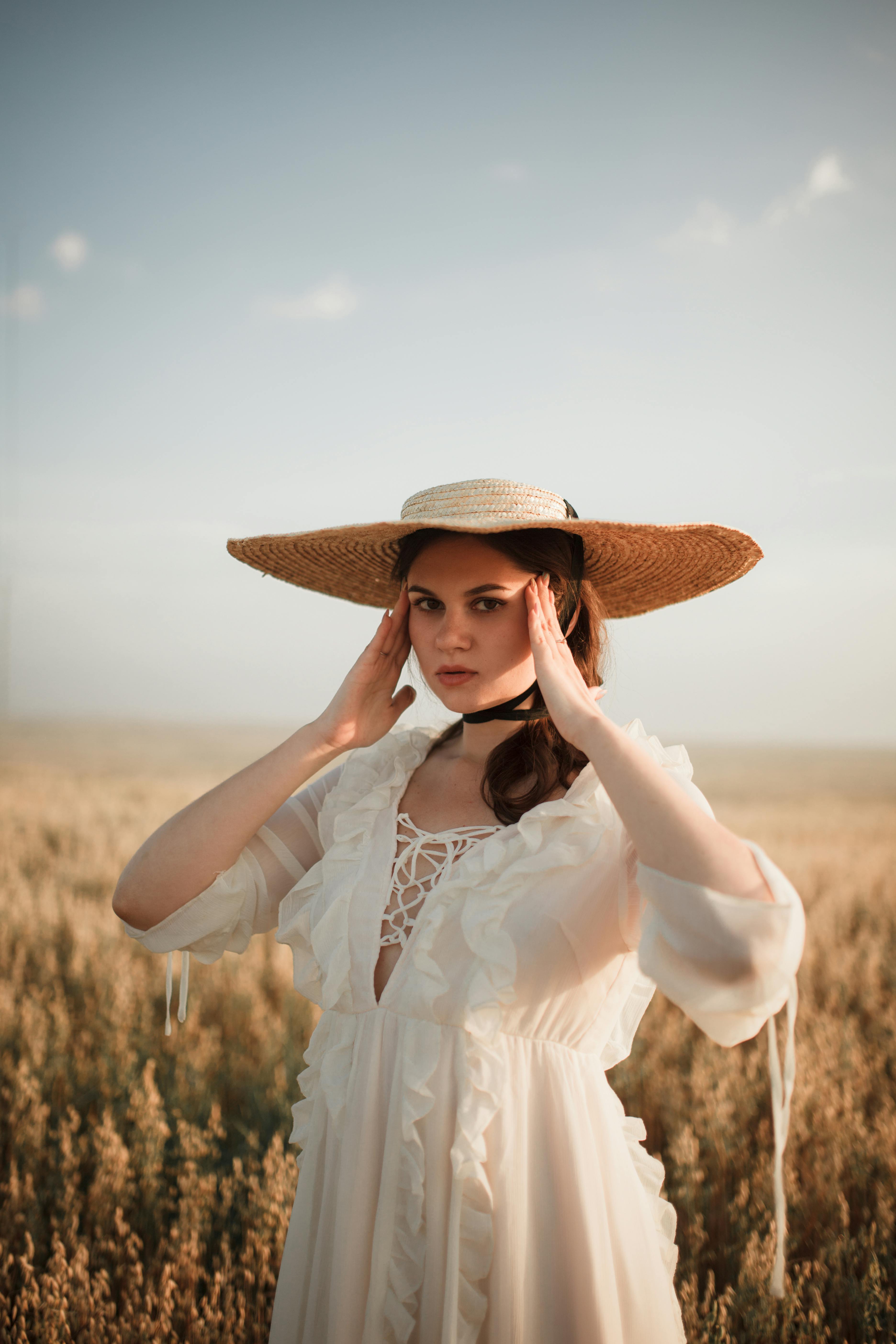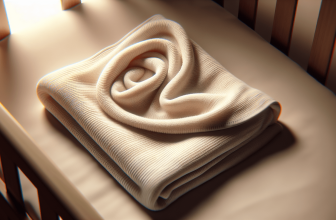Dressing your baby appropriately for the ever-changing weather can be a daunting task, but fear not! This article is here to provide you with some practical and easy-to-follow tips. From sweltering summer days to chilly winter nights, we’ll guide you through the dos and don’ts of dressing your little one for different weather conditions. So, say goodbye to guessing games and hello to stress-free outfit choices that will keep your baby comfortable and happy throughout the year.
Understanding the importance of dressing your baby appropriately
It is essential to dress your baby appropriately for different weather conditions to ensure their comfort and well-being. Babies have limited control over their body temperature regulation, so it is crucial to provide them with the right clothing to keep them comfortable and safe from extreme weather conditions. As a parent, you play a significant role in ensuring that your baby is dressed appropriately for the weather, whether it’s hot and humid, cold, rainy, windy, sunny, changeable, or in indoor and controlled environments. By following these tips and considering the specific weather conditions, you can dress your baby comfortably and protect them from potential discomfort or health issues.
Hot and Humid Weather
Choose light and breathable fabrics
Opt for clothing made from light and breathable fabrics such as cotton or linen. These materials allow air to circulate and prevent overheating. Avoid synthetic fabrics that may trap heat and make your baby uncomfortable. Natural fabrics are ideal for hot and humid weather conditions as they wick away moisture and keep your baby cool.
Opt for loose-fitting clothing
In hot and humid weather, choose loose-fitting clothing for your baby. Loose clothing allows air to flow freely and prevents your baby from feeling restricted or overheated. Avoid tight-fitting outfits that can trap heat and potentially cause irritations or rashes. Loose-fitting clothes also make it easier for you to change your baby’s diaper without having to remove multiple layers.
Protect your baby from the sun
When dressing your baby for hot and sunny weather, it’s crucial to protect their delicate skin from the sun’s harmful rays. Opt for clothing that covers their arms and legs to minimize sun exposure. Additionally, consider using a wide-brimmed hat to shield their face and neck from direct sunlight. Remember to use sunscreen on any exposed skin that cannot be covered by clothing.
Avoid overdressing and use layers
While it’s essential to protect your baby from the sun and heat, be mindful not to overdress them. Overdressing can cause overheating and discomfort. Instead, use light layers that can be easily added or removed to adjust to temperature changes. Layers also allow you to regulate your baby’s body temperature without compromising their comfort.

This image is property of images.pexels.com.
Cold Weather
Layer your baby’s clothing
In cold weather, layering is key to keeping your baby warm and comfortable. Start with a thin, moisture-wicking base layer, such as thermal or merino wool, to trap warmth close to their body. Then add a middle layer for insulation, such as a fleece or sweater. Finally, top it off with a waterproof and windproof outer layer to protect against the elements.
Use warm and insulating fabrics
When dressing your baby for cold weather, opt for warm and insulating fabrics that provide extra warmth. Fabrics like fleece, wool, and down are excellent choices as they retain heat and keep your baby cozy. However, be mindful of any potential allergies your baby may have to certain materials and choose accordingly.
Cover extremities with hats, mittens, and socks
To protect your baby from the cold, make sure to cover their extremities. Use a snug-fitting hat to retain heat and prevent heat loss through their heads. Mittens or gloves keep their hands warm and protect them from harsh winds. Don’t forget to put socks or booties on their feet to keep them warm and comfortable.
Protect your baby’s skin from dryness
Cold weather can cause dryness and irritation to your baby’s sensitive skin. To prevent this, ensure their skin is adequately moisturized. Use gentle and hypoallergenic moisturizers specifically formulated for babies. Additionally, avoid excessive use of heaters or exposing your baby to direct heat sources, as these can further dry out their skin.
Consider using a baby carrier or wrap for added warmth
If you plan on braving the cold with your baby, consider using a baby carrier or wrap for added warmth. Carriers and wraps provide extra insulation and help keep your baby close to your body heat. Ensure that your baby’s face is not covered and that they can breathe easily while in the carrier or wrap.
Rainy Weather
Choose waterproof or water-resistant clothing
When dressing your baby for rainy weather, invest in waterproof or water-resistant clothing to keep them dry and comfortable. Look for raincoats, overalls, or jackets made from waterproof materials that repel water. These garments will prevent rainwater from seeping through and keep your baby dry.
Opt for a rain jacket or poncho
A rain jacket or poncho is an excellent option for keeping your baby dry during rainy weather. Look for ones that have a hood to protect their head and neck from raindrops. Ensure the jacket or poncho is the right size and fits comfortably over their clothing without restricting movement.
Ensure your baby’s feet are protected with waterproof shoes or boots
To keep your baby’s feet dry, invest in waterproof shoes or boots. Look for options made from rubber or other waterproof materials that will repel water. Consider shoes or boots with non-slip soles to ensure that your baby can walk comfortably and safely, even on wet surfaces.
Keep an extra set of clothes and a towel handy
It’s always a good idea to have an extra set of clothes and a towel on hand when dressing your baby for rainy weather. Accidents can happen, and your baby may get wet despite your best efforts. Having spare clothes and a towel allows you to quickly dry and change your baby to prevent discomfort or potential health issues from prolonged exposure to wet clothing.

This image is property of images.pexels.com.
Windy Weather
Dress your baby in layers to provide insulation
Windy weather can intensify the feeling of cold. To protect your baby from the wind chill, dress them in layers for added insulation. Layering allows you to trap warmth close to their body, providing an extra buffer against the wind. Opt for thermal or woolen base layers, followed by insulating middle layers, and a windproof outer layer.
Use a windproof outer layer
A windproof outer layer is essential for protecting your baby from the gusts of wind. Look for jackets or coats made from windproof materials that prevent air from penetrating through. It’s also helpful to choose garments with snug-fitting cuffs and collars to prevent the wind from entering through gaps.
Cover your baby’s head and ears with a hat or bonnet
The head and ears are particularly vulnerable to wind and can quickly lose heat. Be sure to cover your baby’s head and ears with a hat or bonnet made from warm and wind-resistant materials. This extra layer of protection will help keep them warm and shielded from the cold gusts of wind.
Protect your baby’s face from windburn with a scarf or balaclava
To protect your baby’s face from windburn, consider using a scarf or balaclava. Choose a soft and breathable fabric that covers their face and neck comfortably. Ensure that the scarf or balaclava is not too tight or restrictive, as it may affect your baby’s breathing. Regularly check their face for signs of redness or irritation caused by wind exposure.
Sunny Weather
Choose lightweight and breathable fabrics
In sunny weather, it is crucial to dress your baby in lightweight and breathable fabrics. Opt for clothing made from natural materials like cotton or linen, as these allow air to circulate and prevent overheating. Lightweight fabrics also make it easier for your baby to move around comfortably.
Opt for clothing with UPF (Ultraviolet Protection Factor)
To protect your baby’s delicate skin from the sun’s harmful rays, consider clothing with UPF. UPF clothing provides an extra layer of protection against UV rays and blocks out most of the harmful radiation. Look out for clothing labels that specify the UPF rating, with higher ratings offering greater protection.
Apply sunscreen on exposed skin
Even when dressed in UPF clothing, it’s important to apply sunscreen to any exposed skin. Choose a sunscreen specifically formulated for babies with a broad-spectrum SPF of 30 or higher. Apply an ample amount to all exposed areas, including the face, ears, and the back of the neck. Reapply sunscreen every two hours or more frequently if your baby becomes sweaty or comes into contact with water.
Protect your baby’s eyes with sunglasses or a wide-brimmed hat
The sensitive eyes of your baby need protection from the sun’s harsh rays. Invest in a pair of baby sunglasses with 100% UV protection to shield their eyes from harmful UV radiation. Alternatively, use a wide-brimmed hat that shades their face and eyes from direct sunlight. Ensure that the hat fits properly and covers their forehead, ears, and neck.

This image is property of images.pexels.com.
Changeable Weather
Check the weather forecast before dressing your baby
When faced with changeable weather conditions, it’s essential to check the forecast before dressing your baby. Knowing what to expect can help you plan their clothing accordingly and ensure their comfort throughout the day. Pay attention to temperature fluctuations, rain chances, and wind conditions to make informed dressing decisions.
Use layering to easily adjust to temperature changes
Layering is a versatile technique that allows you to easily adjust your baby’s clothing to temperature changes. Start with a base layer that can be comfortably worn throughout the day, such as a cotton onesie. Add or remove layers as needed to keep your baby at a comfortable temperature. Remember to have spare layers on hand for unexpected weather changes.
Have a hat and light jacket on hand
Having a hat and a light jacket on hand is especially helpful during changeable weather conditions. A hat can protect your baby’s head from both the sun and cold winds, while a light jacket provides an extra layer of warmth when temperatures drop. These portable and versatile accessories can quickly be added or removed depending on the weather.
Consider using a stroller or car seat cover
When dealing with changeable weather, consider using a stroller or car seat cover. These covers provide additional protection against rain, wind, or excessive sun exposure. Look for breathable and weather-resistant covers that can be easily attached to your stroller or car seat. Ensure that the cover doesn’t hinder air circulation and provides a safe and comfortable environment for your baby.
Indoor and Controlled Environments
Choose comfortable and breathable clothing
In indoor and controlled environments, prioritize your baby’s comfort by choosing clothing made from comfortable and breathable materials. Opt for soft and stretchy fabrics that allow your baby to move freely. Consider clothing with snap closures or zippers for easy diaper changes. Avoid using heavy or restrictive clothing indoors to prevent overheating.
Consider the temperature settings of the environment
Be mindful of the temperature settings in indoor and controlled environments, such as your home or baby’s daycare. Dress your baby in appropriate clothing based on the ambient temperature. If the environment is cooler, consider adding an extra layer or using a lightweight blanket to keep your baby warm. On the other hand, if the environment is warmer, opt for lighter clothing and use fans or air conditioning to maintain a comfortable temperature.
Avoid overdressing indoors
It’s important not to overdress your baby when indoors, even if the weather outside is cold. Indoor environments typically have controlled temperatures, and excessive clothing can lead to overheating and discomfort. Use light layers that can be easily adjusted to maintain your baby’s comfort. Pay attention to your baby’s cues and body temperature to ensure they are neither too hot nor too cold.
Traveling with Your Baby
Dress your baby in comfortable clothing for long journeys
When traveling with your baby, it’s essential to dress them in comfortable clothing for long journeys. Opt for loose-fitting outfits made from soft and breathable fabrics. Comfortable clothing allows your baby to move freely and reduces the chances of them becoming irritable during travel.
Consider the climate of your destination
Before dressing your baby for travel, consider the climate of your destination. Research the average temperatures and weather conditions to plan their outfits accordingly. Dress your baby in clothing appropriate for the climate at your destination to ensure their comfort throughout the trip.
Pack extra layers and accessories for unexpected weather changes
When traveling, it’s always helpful to pack extra layers and accessories for unexpected weather changes. Weather conditions can vary during trips, and having spare clothing options ensures that you can adapt to any changes in temperature. Pack items like lightweight jackets, hats, or blankets that can be easily added or removed as needed.
Monitoring Your Baby’s Comfort
Pay attention to your baby’s cues and body temperature
Monitoring your baby’s comfort is essential when it comes to dressing them appropriately for different weather conditions. Pay attention to their cues and body temperature. If your baby seems fussy, sweaty, or excessively cold, adjust their clothing accordingly. Babies cannot communicate their discomfort verbally, so it’s important for parents to be observant and responsive to their needs.
Adjust clothing as needed to maintain comfort
As a parent, you may need to adjust your baby’s clothing multiple times throughout the day to maintain their comfort. Be prepared to add or remove layers as the temperature changes or as your baby’s activity level fluctuates. Regularly check their skin to ensure they are not too hot or too cold.
Regularly check for signs of overheating or being too cold
Regularly check your baby for signs of overheating or being too cold. Signs of overheating include flushed skin, sweating, rapid breathing, or restlessness. On the other hand, signs of being too cold may include shivering, pale or cool skin, or a lack of energy. These signs can help you determine if your baby needs adjustments to their clothing to maintain a comfortable temperature.
By following these comprehensive tips for dressing your baby in different weather conditions, you can ensure their comfort and well-being. Remember to prioritize their safety and monitor their comfort levels closely. With the right clothing and attention to their needs, your baby will be prepared for any weather conditions and able to enjoy their day to the fullest.








